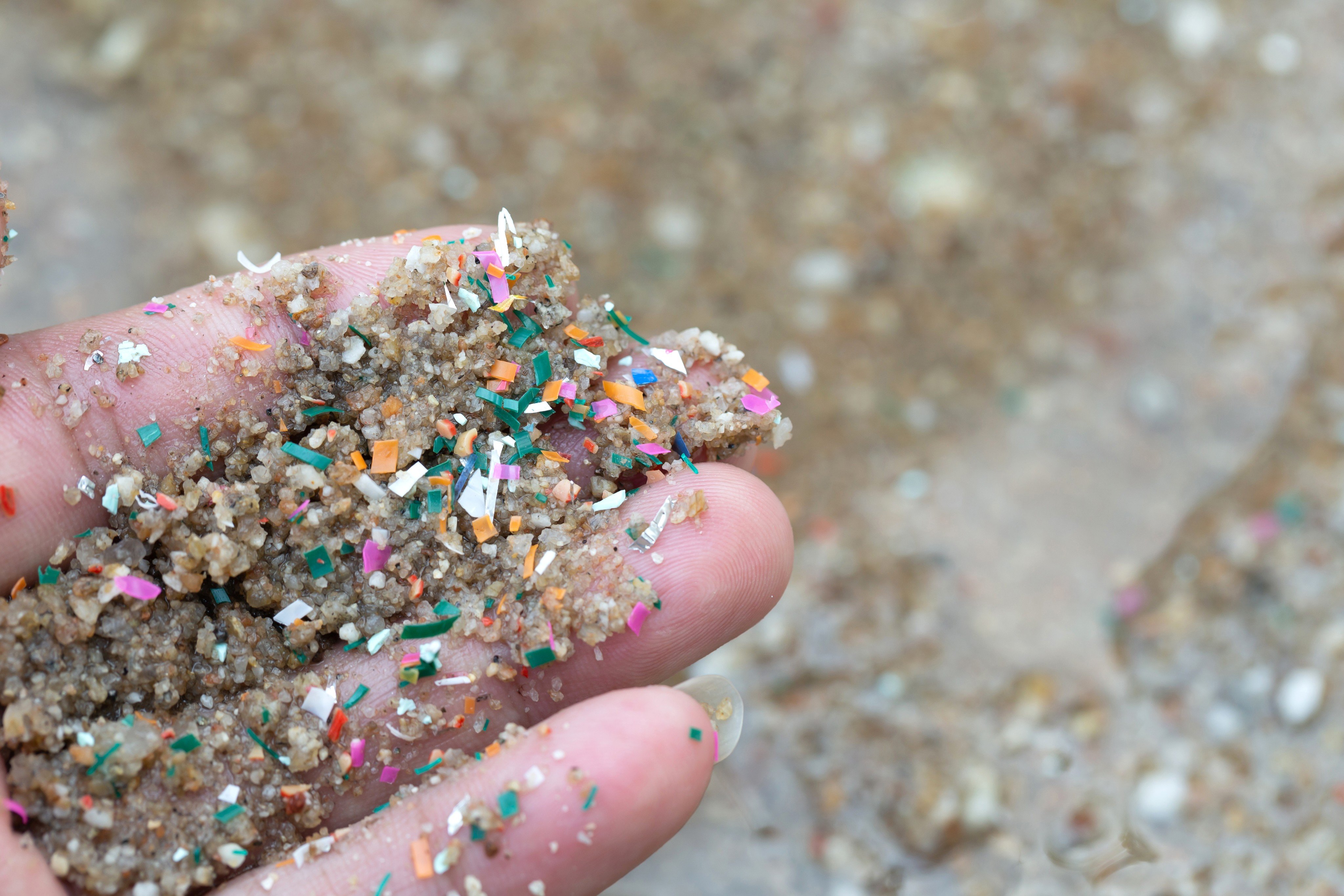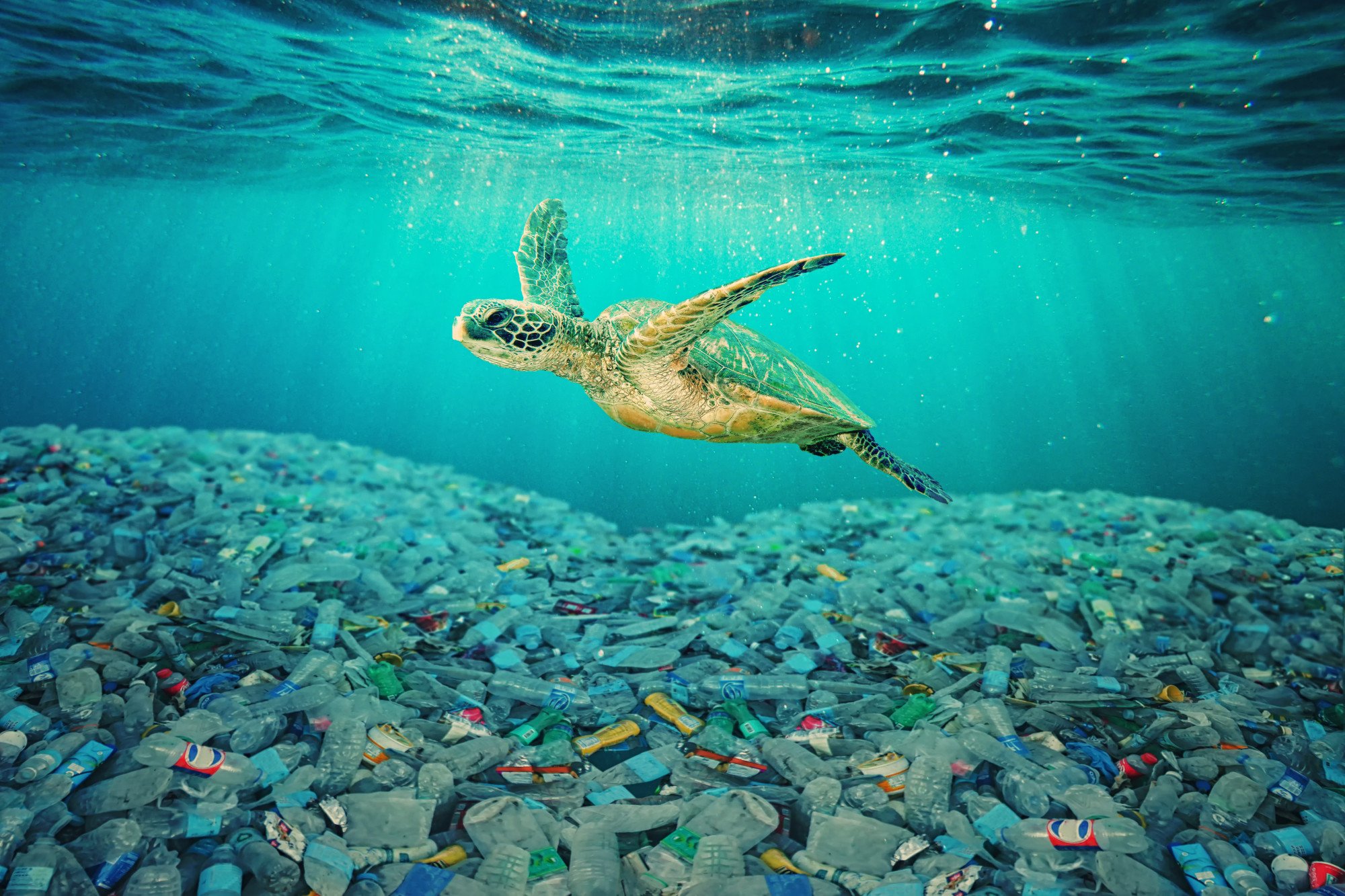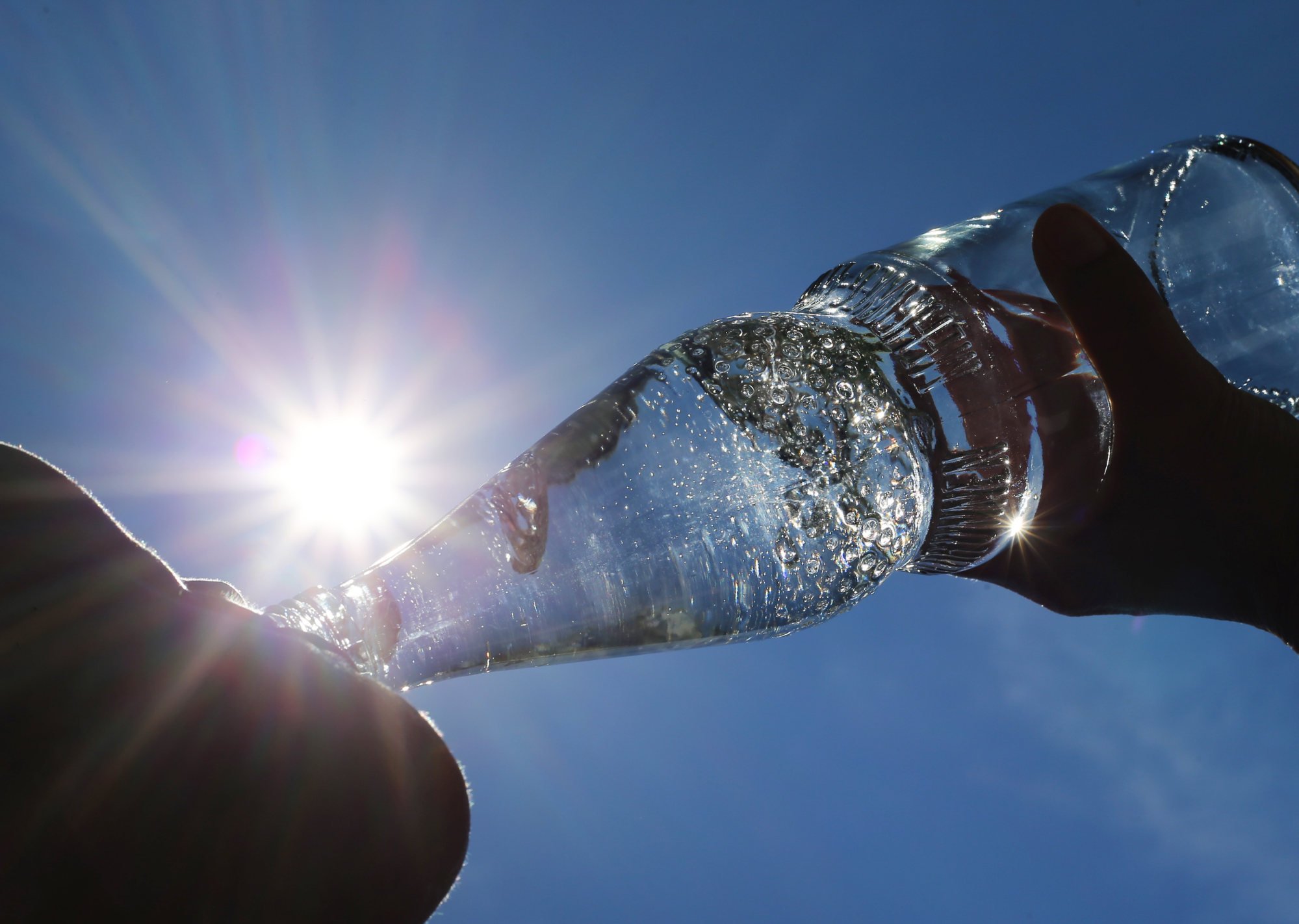Eating plastic: the hidden cost of convenience in Southeast Asia
If plastic pollution continues to worsen in the region, its people could face a wide range of health issues, medical experts warn

More people in Southeast Asian countries could face health risks ranging from liver damage to poor brain development due to rising consumption of microplastics in their food, medical and regulatory experts have warned.
Microplastics are formed when larger plastic items break down. As more animals, such as fish, eat microplastics due to plastic pollution, the near-invisible particles measuring less than 5mm (0.19 inch) can go up the food chain.
“If the microplastics are absorbed by fish and then consumed by humans, it means they will accumulate in humans. That’s dangerous,” said Widodo Setiyo Pranowo, the principal investigator at Indonesia’s National Research and Innovation Agency, according to a report by CNA.
Indonesians were the biggest consumers of microplastics in the world, ingesting 15g per month per person, followed by Malaysians at 12g and Filipinos and Vietnamese at 11g, according to a study by Cornell University released last year.
Consumer products, including drink bottles made from polyethylene terephthalate (PET) and plastic bags, are among the biggest sources of microplastics, with single-use and non-recyclable sachets contributing significantly to ocean plastic waste.
Waste accumulating in landfills posed a major risk as plastics would break down into small particles and enter water sources, said Mufti Petala Patria, a marine biology lecturer at the University of Indonesia.

Several studies have highlighted multiple health risks faced by humans due to the rising presence of microplastics in food.
A US research team has found a higher presence of the particles in the brains and livers of people who were examined in 2024 than before. Southeast Asia appeared to be the most affected region, with countries like Indonesia and the Philippines the hardest hit, according to the CNA report.
Microplastics in food and drinks might affect glucose metabolism and harm organs such as the liver, researchers warned at an American Society for Nutrition conference last month.
Other studies suggest a link between microplastics and cognitive decline.
“Those with high exposure to microplastics are about 36.25 times more vulnerable to experiencing cognitive disorders … compared to those with little exposure or low microplastic consumption patterns,” said Pukovisa Prawiroharjo, a neurologist from the University of Indonesia.
Unhandled type: inline-plus-widget {“type”:”inline-plus-widget”}
The particles may also adversely affect child development, according to John Paul Ner, a Philippine toxicology consultant at Bataan General Hospital and Medical Centre.
“While the placenta has a protective barrier, not all substances can be filtered out. Very small particles can pass through the placental barrier. This means even the baby could be at risk of being exposed to these plastic particles,” Ner said.
The problem of microplastics in Southeast Asia is compounded by the poor waste disposal culture in some countries.

For instance, the Philippines had no regulations requiring companies or water treatment plants to tackle or remove microplastics, said Deo Florence L Onda, an associate professor at the University of the Philippines Diliman.
In a bit to encourage recycling, more Philippine cities are taking part in reward for recycling schemes. Under the “Trash to Cashback” programme, in which residents can exchange recyclable plastics for points redeemable for food and other essentials, more than 300,000kg of plastic waste had been collected as of last year since its launch in 2021.
In Indonesia, authorities are looking to implement new guidelines to allow the sorting of plastic waste in villages and subsequent collection by industry or recycling partners.
But efforts to tackle the threat of microplastics should also focus on the underlying economic and social issues, according to analysts.
“Why people consume plastic is because they need food, and the food that they’re able to afford are those that are stored in smaller packages. So if we can’t address the problem on the socio-economic part, it’d be very difficult to address the problem on the environmental side,” Onda said.